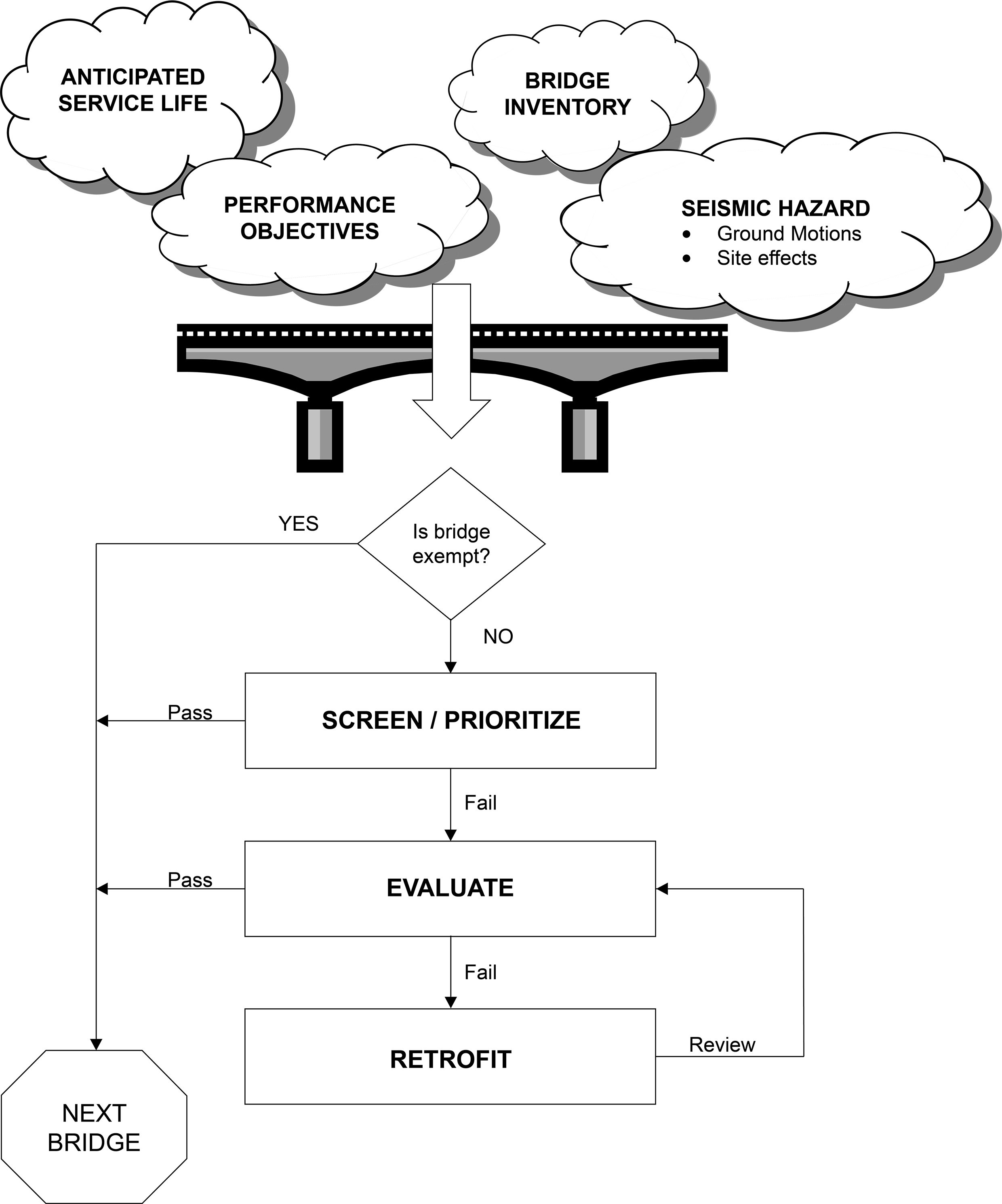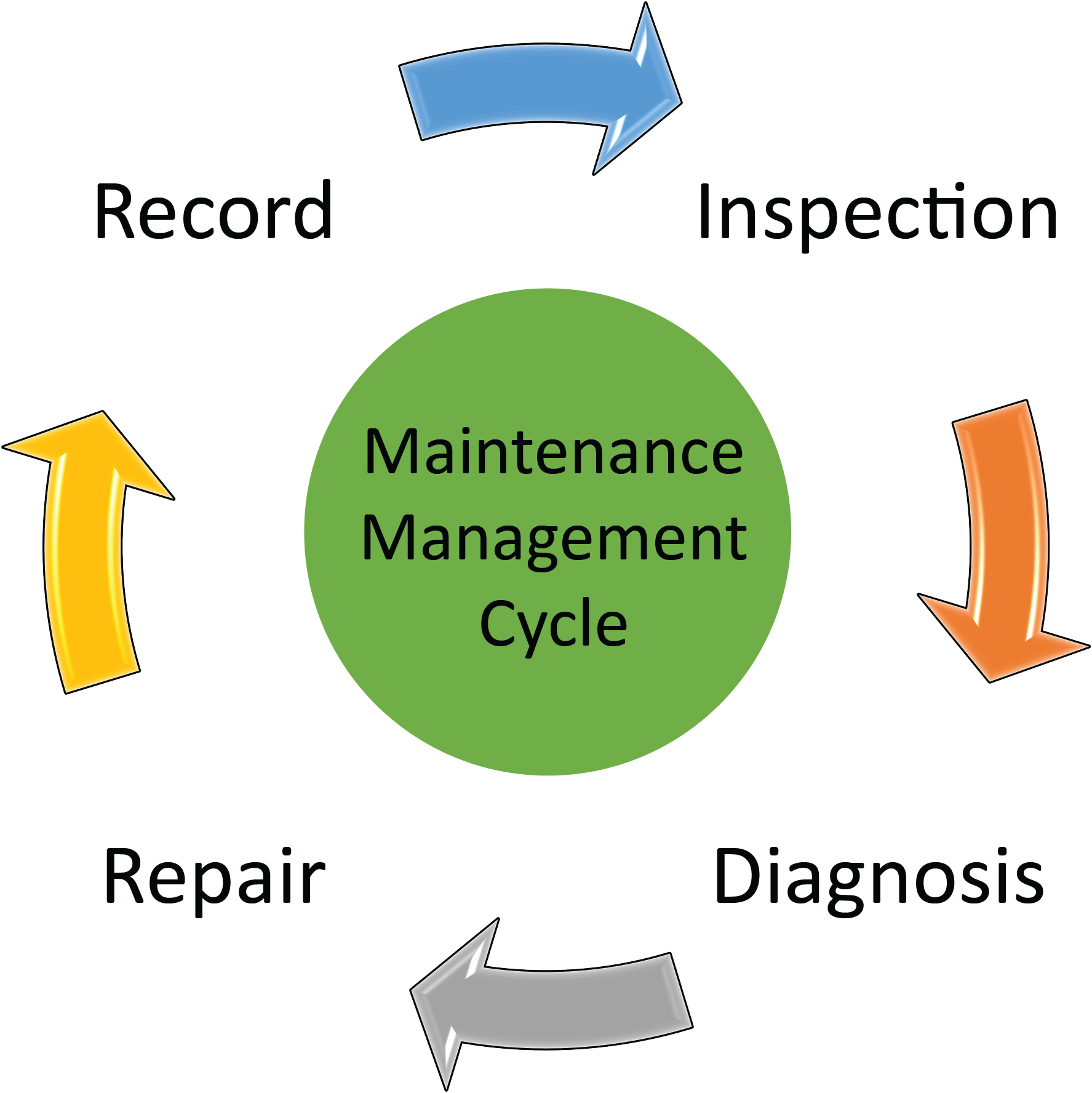
Disaster Management Manual
A manual for practitioners and decision makers!

Disaster Management Manual
A manual for practitioners and decision makers!
It is important to make sure that tunnels, bridges, embankments, and other structures in nationwide roads and urban roads have the same disaster-resistance performance to cope with increasingly severe and widespread disasters so the roads can perform their function even in the event of a disaster.
Improving the disaster resilience of road infrastructure consists of 1) estimation of external disaster forces based on the latest knowledge, 2) improvement of infrastructure performance based on the estimated external disaster forces, and 3) maintenance of infrastructure and keep its performance by appropriate repairs and upgrades. Road infrastructure used to be built based on external disaster forces estimated from the historical record and historical events at the time of design and the design standards based on the technical knowledge at the time of design, and much of the maintenance is focused on maintaining serviceability. It is important to increase the resilience of infrastructure through priorities based on smart investment strategies based on the latest hazard analyses, hazard assessments based on the latest knowledge and structural vulnerability assessments of the infrastructure. In addition, infrastructure must be properly maintained and managed, and consideration must be given to ensuring that not only its serviceability but also its disaster resistance does not deteriorate over time.
Innovative materials and designs can enhance the resilience of road infrastructure.

Road infrastructures have been subjected to more severe and widespread natural disasters in recent years. In this context, the evaluation of hazards to the road infrastructure has steadily progressed as scientific advances have revealed the causes and mechanisms of natural hazards such as earthquakes and other disasters. Proper assessment of disaster forces is the first step in ensuring that roadway functions, whether new or existing infrastructure, remain its function during and after the disaster. With regard to the estimation of disaster forces, it is necessary to assess the hazard, assess the criticality and vulnerability of the road infrastructure, and rank them in terms of smart investment strategies.
With regard to seismic hazards, it is important to assess the hazard of the road infrastructure considering the seismic environment, i.e., the identified faults, the location of the identified infrastructure, and the identified infrastructure structure. It is important that hazard assessments always reflect the latest knowledge.

(A case of simulation result of Far-field earthquake in Japan) 1
Road infrastructures have suffered collapses and failures due to various disasters. Based on these lessons learned, the mechanisms of damage have been elucidated and the design methods have evolved accordingly in order to ensure the safety of human life and structures of road infrastructures. In recent years, disasters have tended to be much larger and more widespread than expected. There is no better way to ensure that the road infrastructure does not suffer damage, but at the very least, it is necessary to improve it so that society will not lose its functions even if it is damaged.
Road infrastructure needs to maintain essential road functions even if it is damaged, in order to respond to emergency situations during a disaster, as well as for rapid recovery after a disaster. Therefore, the design of road infrastructure has come to consider the safety of human life, such as the preservation of human life, the safety of the structure so that it does not collapse, and the functionality of the structure so that it can be easily restored to its original function as a bridge 2. It is important to clearly identify and design the level of various road functions such as safety, repairability, usability, serviceability, safety and durability against external disaster forces. Figure 2.2.1.3 shows an example of the retrofitting process for highway bridges 3.

Hazard assessment and appropriate design for the estimated hazards are the basis of structural mitigation measures for road infrastructure. However, after building the infrastructure, good maintenance and proper repair of the road infrastructure are key to maintaining the resilience performance considered in the design. Day-to-day maintenance is often focused on serviceability and usability. However, the ability to maintain the road functioning in a disaster by daily maintenance will make the difference between a good road manager and not.
It is important to implement a maintenance cycle of inspection, diagnosis, repair and documentation (Figure 2.2.1.4) to ensure that the infrastructure is continuously in good service and resilient to extreme natural hazard events. Such a well-rounded maintenance environment is also a cornerstone of being able to continue operations and provide a foundation for timely restoration in the event of a disaster. In road management, the maintenance manager is a key leader in the restoration effort and therefore needs to be equipped with not only knowledge of the facility and its operation, but also the ability to solve problems in an emergency.
